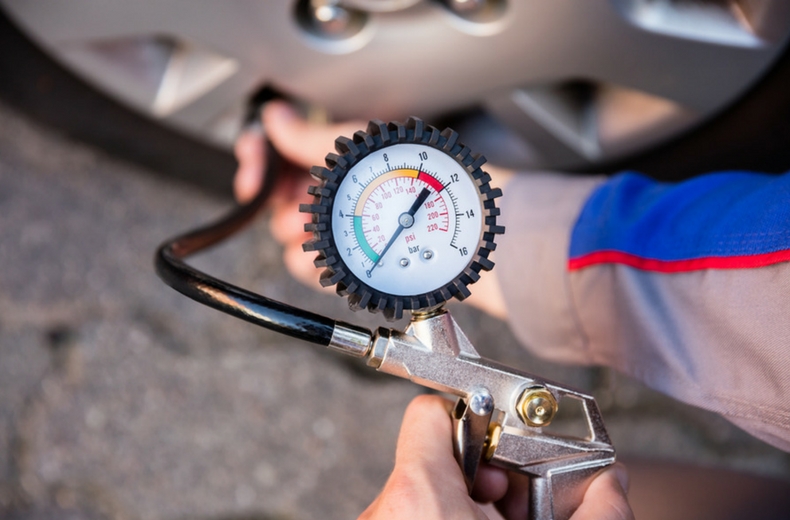Many people would view servicing their car as an unnecessary cost and attempt to put off the responsibility of having to deal with it. However, keeping your car in the best condition can work in your favour – both short and long-term in three ways.
 Correct Tyre Pressure Professionals in the car industry have said that up to 20% of your car’s energy consumption can be down to your tyres. Therefore, this can be considered a significant factor when looking at your car’s efficiency. If you find that your consumption levels are high, to rectify the issue, you should ensure your tyres are inflated correctly. Running on the recommended tyre pressures will decrease your fuel bills and extend the overall lifespan of the tyres as well.
Correct Tyre Pressure Professionals in the car industry have said that up to 20% of your car’s energy consumption can be down to your tyres. Therefore, this can be considered a significant factor when looking at your car’s efficiency. If you find that your consumption levels are high, to rectify the issue, you should ensure your tyres are inflated correctly. Running on the recommended tyre pressures will decrease your fuel bills and extend the overall lifespan of the tyres as well.When tyres are underinflated, they are likely to flex more when you’re travelling, which causes a build-up of heat to occur, resulting in wearing out the tyre over a period. Manufacturers of the tyre industry have said that the life of a tyre can be reduced by 20% if it’s underinflated by 20%.
Also, if you find you’re burning more fuel than usual, it can be down to the underinflated tyres having more rubber in contact with the road, meaning the engine would have to work harder for them to turn, causing more fuel to be burned in the process.
Instead of organising an appointment with a local dealer or workshop, you can instead invest in a tyre-pressure gauge or foot pump to check your tyre pressure. On the other hand, you can visit a petrol station forecourt where you can use their electric air pumps which are usually inexpensive to use. The recommended tyre-pressure chart you will be able to find either in the door frame, inside the fuel-filler cap or in the handbook. Keep in mind, these figures may vary, due to either what wheel size you have fitted and how many passengers you’re carrying. The procedure is as follows if you were doing this independently:
- Unscrew the dust cap off your tyre’s air valve.
- Place the air pump nozzle over the valve and push down the pump’s lever.
- Once the tyre is inflated correctly, flick the lever back, remove the nozzle and replace the dust cap.
Most models may need new spark plugs, a fuel filter and a new coolant (antifreeze) every other year.
On most occasions, a full service will cost upwards of £100 depending on the obvious factors like on the decision of either choosing a main dealer or independent, where in the country you are situated and the car’s make, mileage and age.
Having fresh, clean oil reduces friction inside the engine, meaning less energy is needed to run – therefore, less fuel is used. Nowadays, oil provides intelligent technology to ensure more of it sticks to more parts, reducing friction and wear further.
Read more CarCliq guides here.